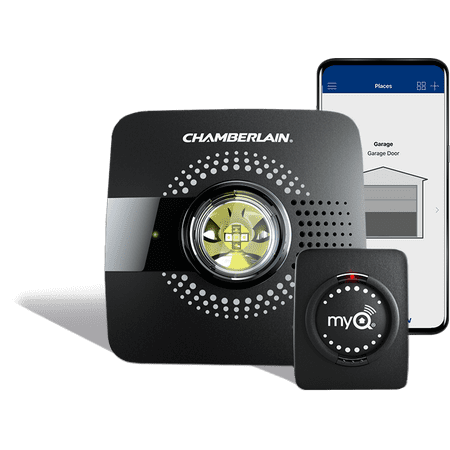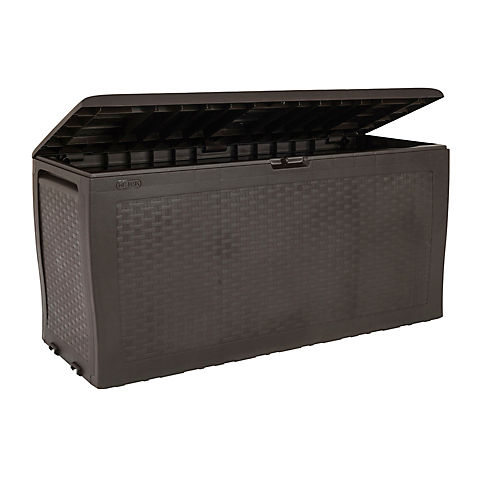MyQ Smart Garage Door Opener Chamberlain MYQ-G0301 – Wireless & Wi-Fi Enabled Garage Hub with Smartphone Control
Open and close the garage door from anywhere using this Chamberlain MyQ Smart Garage Door Opener MYQ-G0301. It has been designed to be used with a smartphone. It allows homeowners to receive alerts when the garage door opens and closes, so it can be used with peace of mind. With this smart garage hub, a smartphone, Wi-Fi and any compatible garage door opener, one will be connected and in control. It’s easy to install, so do-it-yourselfers can put it to use quickly. It is a sleek and discreet way to add security to the home or office garage. Trust this Chamberlain MyQ Smart Garage Door Opener MYQ-G0301 to help keep personal data and valuable possessions safe when you’re away.








MyQ Smart Garage Door Opener Chamberlain MYQ-G0301, Wireless and Wi-Fi Enabled Garage Hub with Smartphone Control:Open and close your garage door from anywhere with your smartphoneEasy-to-add functionality with existing garage door openersReceive alerts when your garage door opens or closes in real time by setting up customized notifications; ideal for busy families who come and go from the house through the garageCore features such as opening, closing and receiving garage door status notifications are included with the MyQ app at no additional chargeWorks with all major brands of garage door openers made after 1993 that have standard safety sensorsLinking your MyQ account to Google Assistant and IFTTT is freeEasy to install in the garageWi-Fi garage door opener is useful for helping to keep important possessions and personal data safe





Reviews
There are no reviews yet.